Koishikawa Botanical Gardens II
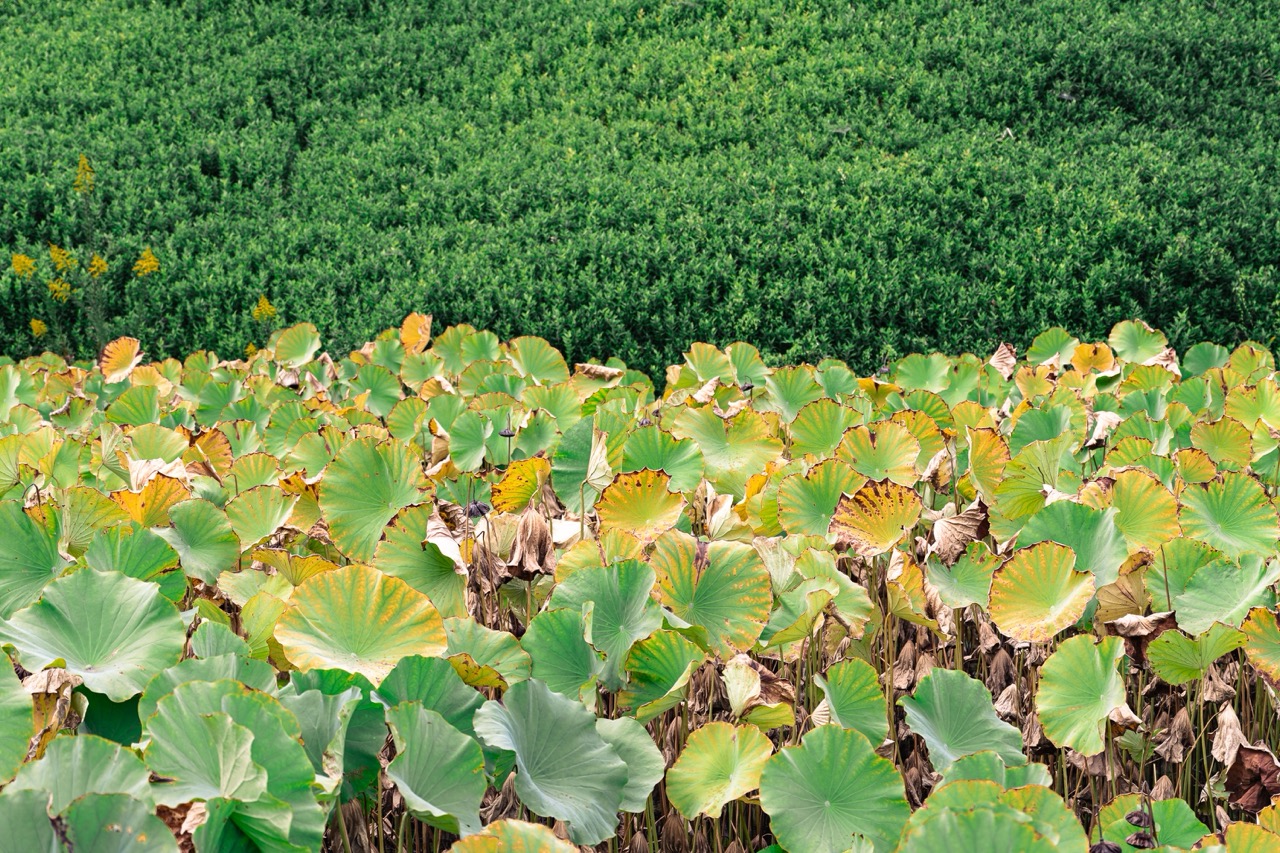
It’s been over 10 years since I was last in Koishikawa Botanical Gardens, and so much has changed in my life. I am not sure the same can be said from the perspective of the garden. The garden was opened by the Tokugawa Shogunate in 1684. The last 150 years since the Last Samurai walked around Tokyo will have seen huge changes to the surrounding landscape, but far less to the garden itself. Contrast that with the last 10 years, which has seen a global pandemic come and go, and a nuclear power station failing following the earthquake… it put things into a different perspective.
The Tokugawa shogunate opened two gardens in 1638 in Azabu and Ōtsuka neighborhoods of Edo for the purposes of growing medicinal herbs. In 1684, the Azabu gardens were abolished and relocated to Koishikawa, to the site of a villa owned by Shogun Tokugawa Tsunayoshi. At the time, it was called the Koishikawa Oyakuen (小石川御薬園, Koishikawa Medicinal Herb Garden). During the time of Shogun Tokugawa Yoshimune, the entire site of Tsunayoshi’s former villa was given over to the garden. In 1722, in response to a petition made to Yoshimune’s famous “suggestion box” by town doctor Ogawa Tadafune for a medical clinic to serve the needs of the lower classes, the machi-bugyō of Edo, Ōoka Tadasuke was ordered to create the Koishikawa Yojosho clinic.
In 1877, after the Meiji Restoration, the gardens became a part of Tokyo Imperial University and was the birthplace of Japanese botanical research. Today research activities are focused on the evolution, phylogenetic systematics, and physiology of higher plants. The garden’s collections contain some 4,000 plant species, including 1,400 hardy woody species, 1,500 hardy herbaceous species, and 1,100 tropical and subtropical species. Notable outdoor collections include camellias, cherries, maples, Japanese primroses, bonsai trees, and alpine plants. A particular strength are the wild-collected species from Japan, Korea, Taiwan, and China.
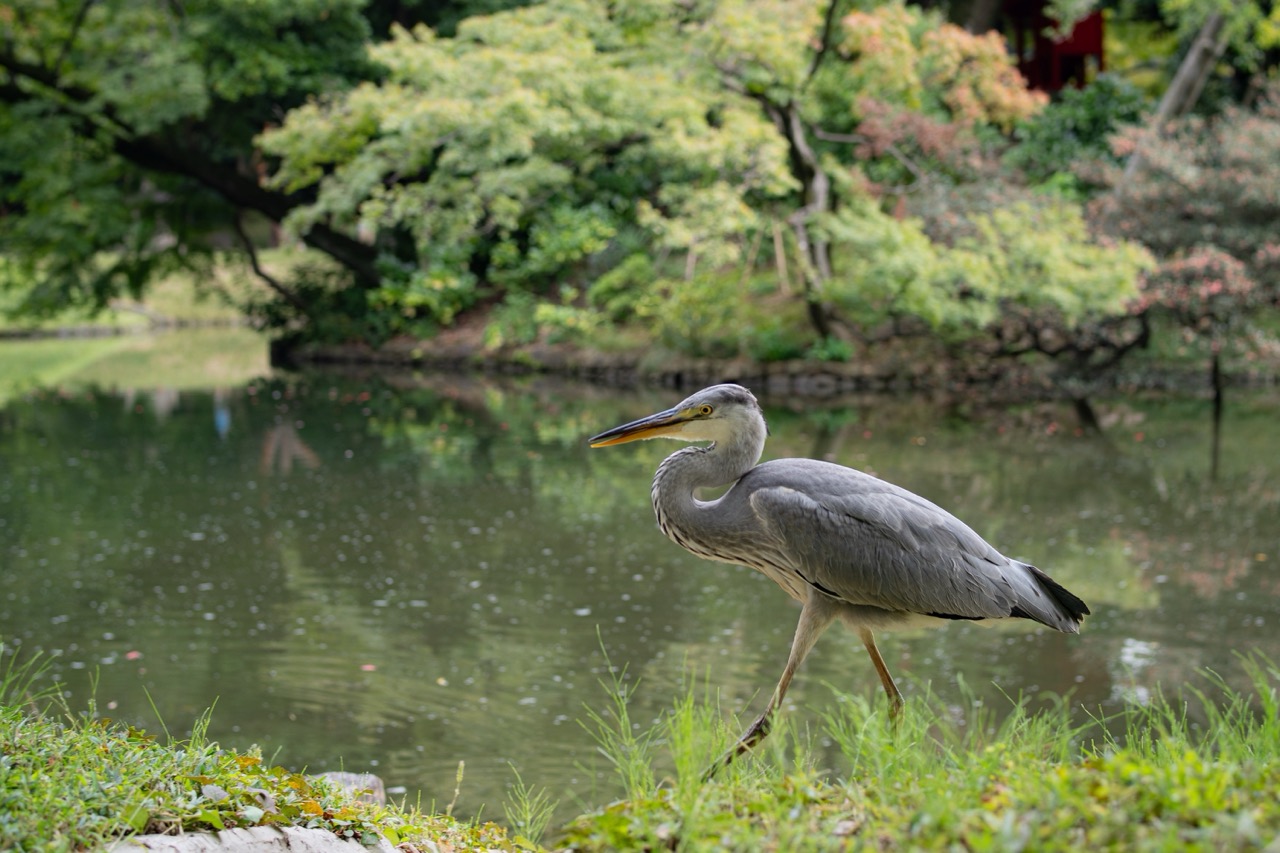
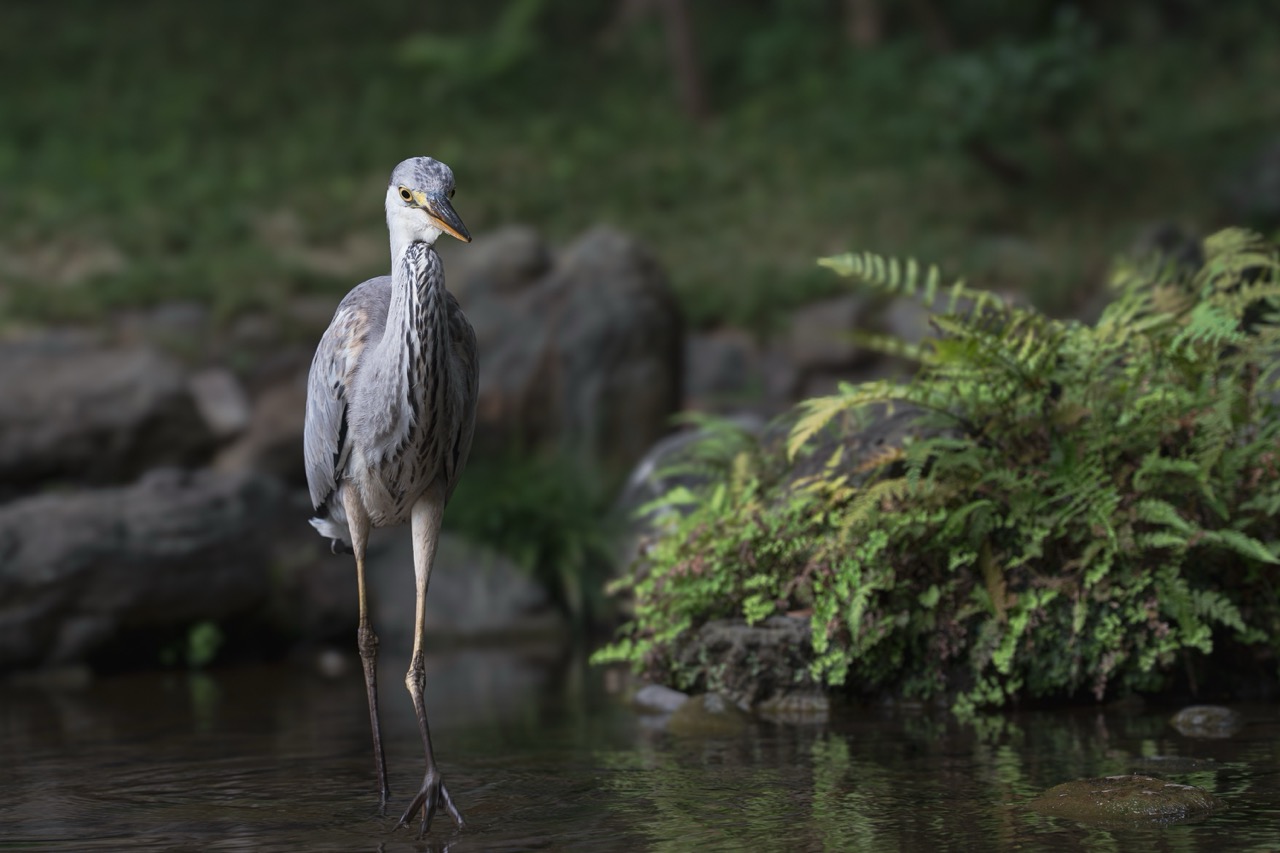
This post marks the first of 2025 on the blog. This will be a year of change. It’s the year of the dragon, and I will be breathing fire into the website - publishing lots of photos and writing lots of content. I have some new tools and strategies to do so. It’s not that 2024 is to be forgotten, far from it. However, I learned an awful lot about myself in that year, mostly for things I wish to not repeat. Rather than looking back with any sadness or resentment, I look forwards, as someone who has grown and wants to continue growing. More on that topic another time perhaps.
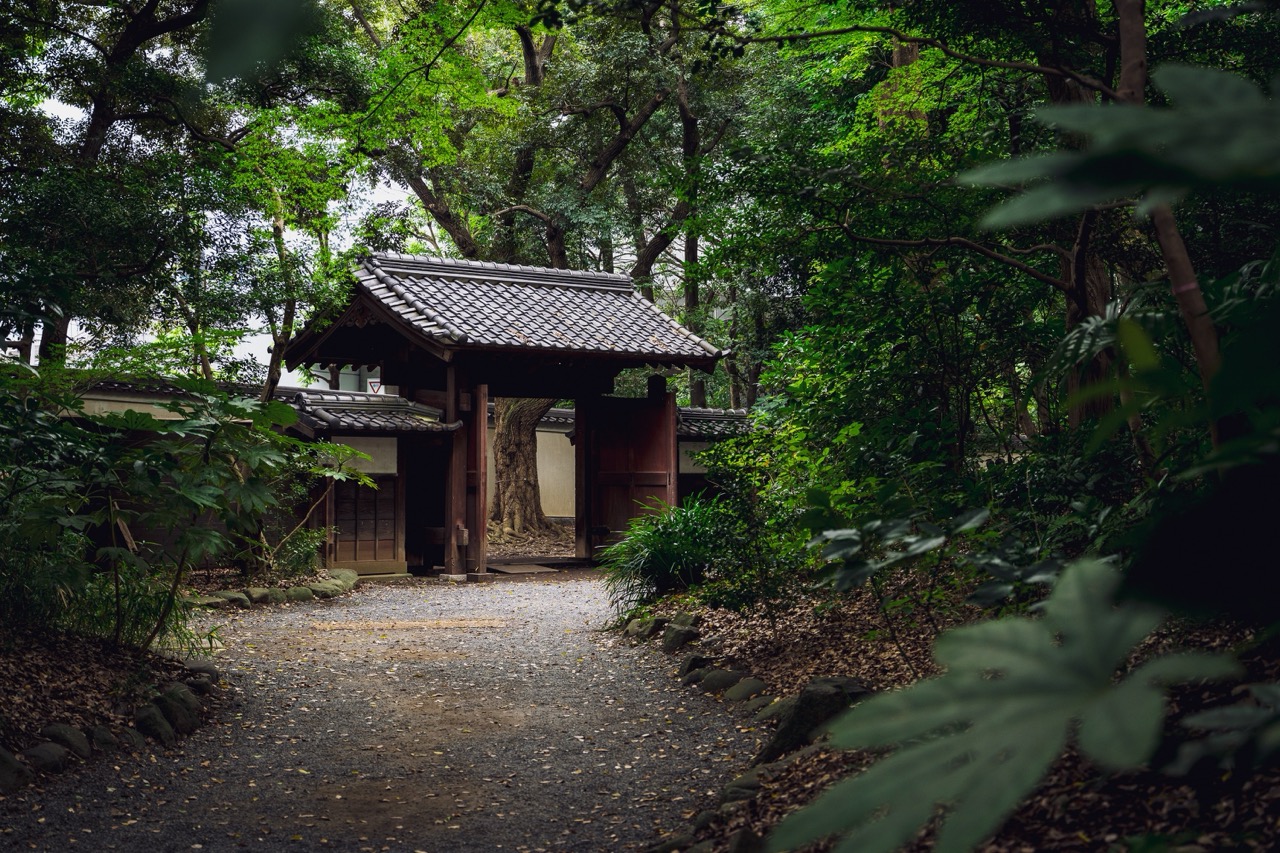
It strikes me that the photos here could be images from the eye of someone in 1700 living in Tokyo, which is quite something. The world would have been very different, but also, not really. Fascinating stuff.
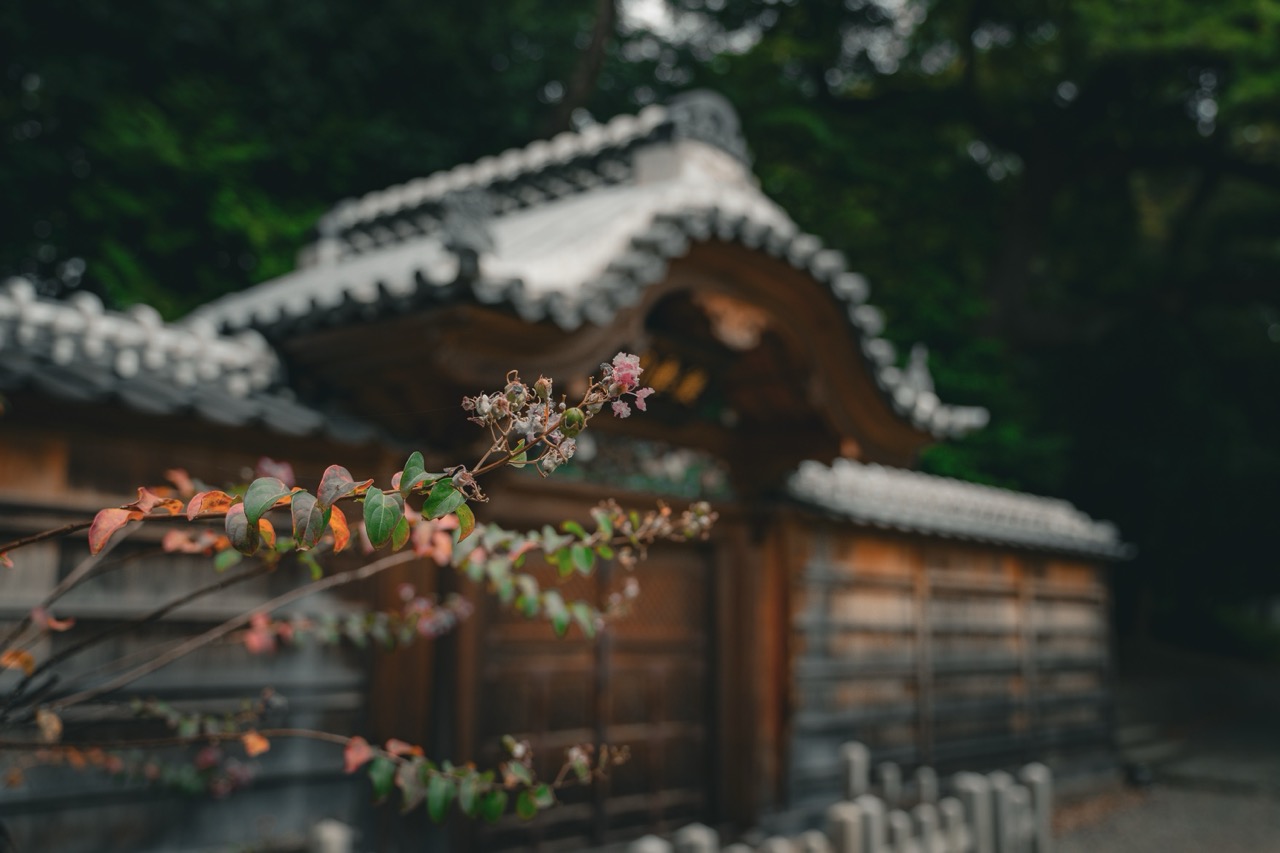
I will end this post here, keeping things relatively short for now. There are lots of changes coming for me in 2025, and changes also for this site. I will move away from Squarespace and become almost entirely self-hosted (some caveats to that statement, but I won’t pay for anything other than the domain name). As stated earlier, I will also be posting more—I have a few photos from travel in Japan last year to post, as well as take more photos this year. So, lots to do.
The other aspect of the site is that I maintain the blog for my own personal… blogging, but it was never supposed to be a photography tutorial or travel blog as such. It was always just a blog. I remember the first days of the internet, and always admired blogs at that time, and to this day. The old internet was not better, it was different. I will go into that in more detail in other posts, but I intend on making some long-form content, that I will pad out with photos. It could be you like the photos more than the content, the content more than the photos, or none of it and wish I would stop. But for now, I keep going.